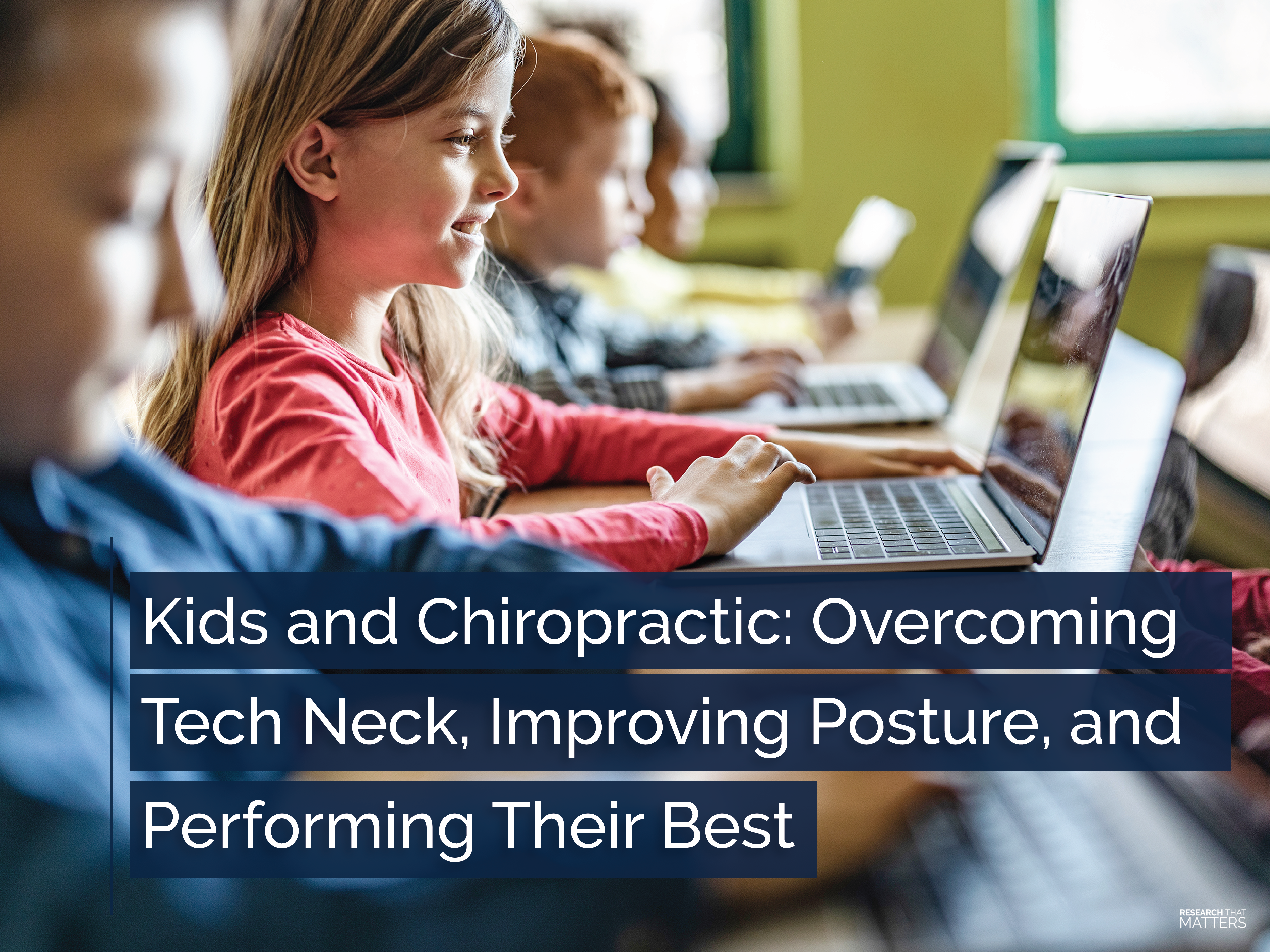Stenosis: How a Pinch in Your Neck Can Affect Your Whole Body
Have you been told that you have spinal stenosis? If so, you’re not alone. Millions of people suffer from spinal stenosis each day, and it’s the number one reason people over 65 years old have spine surgery. Spinal stenosis is the compression, or pinching, of your spinal cord. It can occur due to a disc herniation, bone spur, or ligament overgrowth. But drugs and surgery are not the only way to find relief.
For many people, the most significant challenge associated with spinal stenosis is the decreased ability to get up and move! Severe pinching in your neck can cause issues with your arms and legs. One of the best ways to relieve the symptoms associated with spinal stenosis is to open up the spinal canal and take the pressure off the nerves and spinal cord. Many chiropractic techniques focus on decreasing the pressure on your spinal cord, relieving the symptoms associated with spinal stenosis.
Spinal stenosis is a narrowing of the spaces within your spine, which can put pressure on the nerves that travel through the spine
Spinal stenosis is most commonly caused by degenerative changes in the spine related to osteoarthritis
Relief can often be found by building up your strength while improving the flexibility and stability of your spine with chiropractic care
After chiropractic care, many patients report decreased symptoms, the ability to walk further without pain, and improved overall quality of life. If you have been slowed down due to spinal stenosis, do not hesitate to schedule an evaluation with us. We will provide a complete evaluation and guide you toward the best treatment options to find relief.



